



What are the models of industrial control motherboard chips
Industrial control motherboards (ICMs) are computer motherboards specifically designed for industrial environments, widely used in automation control, monitoring, data acquisition, and embedded systems. Unlike standard motherboards, industrial control motherboards not only feature high-performance computing capabilities but also need enhanced resistance to interference, high-temperature endurance, and stability. One of the core components of industrial control motherboards is their chipset, with different chipset models determining the motherboard's performance, expandability, and suitable application scenarios.
1.Intel Series Chipsets
Intel chipsets are among the most common in industrial control motherboards, with numerous models to meet various industrial needs.
- Intel Q370/Q350 Chipset: This chipset is designed for enterprise-level computers and industrial control motherboards, supporting Intel's 8th and 9th generation Core processors. The Q370 chipset provides strong I/O expansion support, making it suitable for industrial environments that require large-scale data processing and device connectivity.
- Intel H110 Chipset: Primarily used in lower-cost industrial control motherboards, this chipset supports 6th and 7th generation Intel Core processors. It provides basic expansion interfaces, making it suitable for entry-level industrial applications, such as standard automation control and embedded systems.
- Intel Xeon Series Chipsets: Suitable for high-performance computing and server-level industrial control motherboards. Xeon processors support more memory channels and multi-core processing capabilities, making them ideal for industrial environments requiring high load, stability, and data processing, such as factory automation control systems and data centers.
2.AMD Series Chipsets
In addition to Intel, AMD also plays a key role in industrial control motherboards. AMD chipsets are particularly well-regarded for their cost-effectiveness and powerful parallel computing capabilities, making them ideal for image processing, embedded systems, and other industrial applications that require high computational power.
- AMD B450/B350 Chipset: These chipsets are used in mid-to-low-end industrial control motherboards, supporting AMD Ryzen series processors. They excel in graphics processing and multitasking, and are widely used in industrial scenarios that demand high-performance parallel processing, such as intelligent monitoring and industrial automation control.
- AMD EPYC Chipset: Designed for data centers and high-performance computing environments, the EPYC series processors offer multi-core parallel computing capabilities, making them suitable for large-scale industrial control systems and high-demand data processing tasks.
3.NVIDIA Series Chipsets
NVIDIA's GPU chipsets are increasingly popular in high-performance industrial control systems, particularly in graphics processing and artificial intelligence fields.
- NVIDIA Jetson Series: This high-performance GPU platform is designed for embedded systems and AI applications. The Jetson series supports not only graphics processing but also powerful parallel computing capabilities, and is widely used in machine vision, intelligent robotics, and industrial automation.
4.ARM Architecture Chipsets
With the rise of IoT (Internet of Things) and embedded systems, ARM-based chipsets are becoming more prevalent in industrial control motherboards. ARM chips are known for their low power consumption, high integration, and good computational performance, making them ideal for many embedded systems.
- NXP i.MX Series: The i.MX processors, based on the ARM Cortex-A architecture, are high-performance embedded processors, widely used in industrial automation, intelligent transportation, and smart grid fields. Their high integration and low power consumption make them an ideal choice for IoT terminal devices and embedded industrial systems.
- Qualcomm Snapdragon Series: Snapdragon series chips are commonly used in embedded systems, particularly in mobile devices and wireless communication fields. In industrial control, Snapdragon chipsets are used for image processing, wireless communication, and edge computing.
5.Other Industrial Control-Specific Chips
In addition to the mainstream chipsets mentioned above, there are also some specialized chips designed specifically for industrial control. These chips typically integrate more I/O interfaces, communication protocols, and control functions to meet the unique requirements of industrial applications.
- STMicroelectronics STM32 Series: The STM32 series microcontroller chips, based on the ARM Cortex-M architecture, are high-performance processors widely used in embedded systems and industrial control. Their low power consumption, high integration, and rich peripheral interfaces make them suitable for automation, monitoring, and smart manufacturing applications.
- Microchip PIC Series: Microchip’s PIC series microcontrollers have a long history of use in industrial control. They are widely used in sensor control, motor driving, and data acquisition systems, making them suitable for various embedded control tasks.
Conclusion
The choice of chipset for industrial control motherboards directly impacts the stability and performance of industrial systems. Different chipsets are suited for various industrial applications. Intel and AMD processor chipsets are ideal for high-performance computing and multitasking, while NVIDIA's GPUs are favored for graphics processing and AI applications. ARM-based chips are more suitable for embedded systems, low power consumption, and IoT. As technology continues to advance, the performance of these chipsets is constantly improving, and future industrial control motherboards will become increasingly intelligent, capable of adapting to more complex industrial environments.

Please contact us if the source is mislabeled or violates your legal rights.
We will promptly correct and delete, thank you.


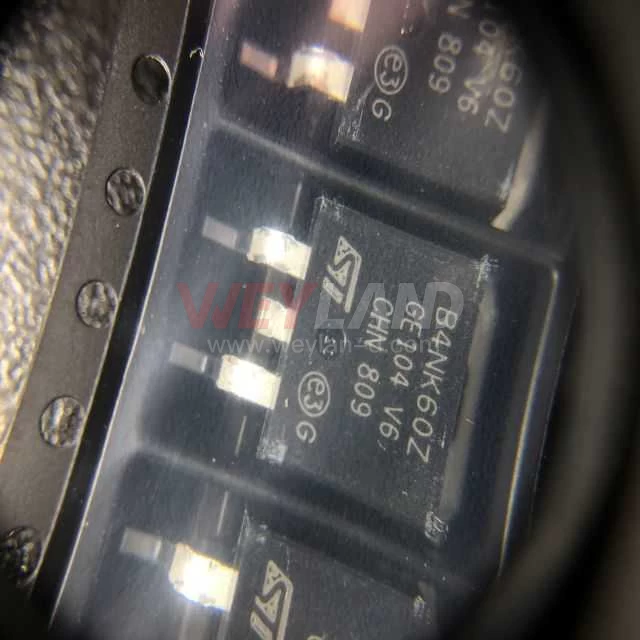
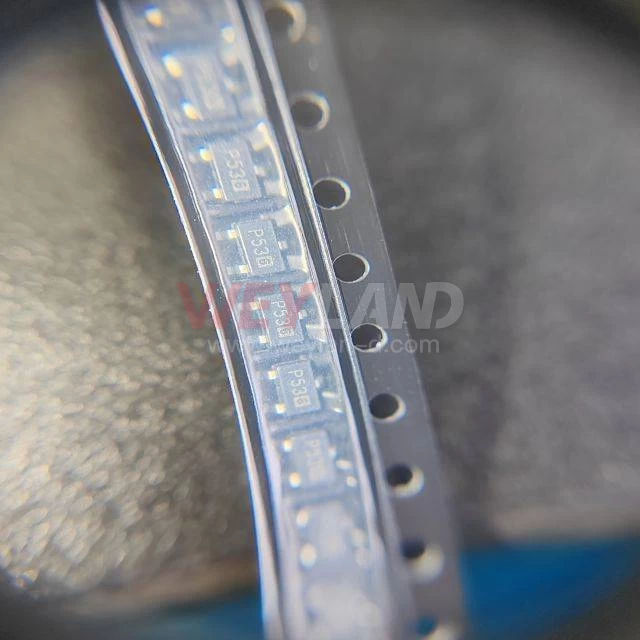
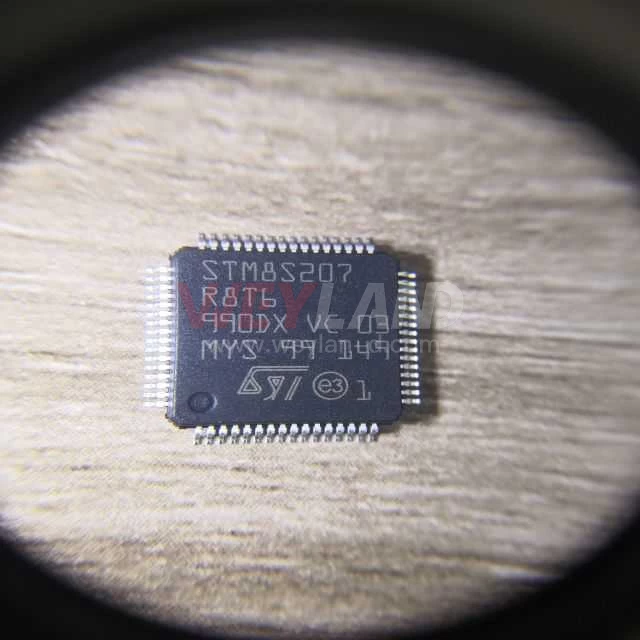
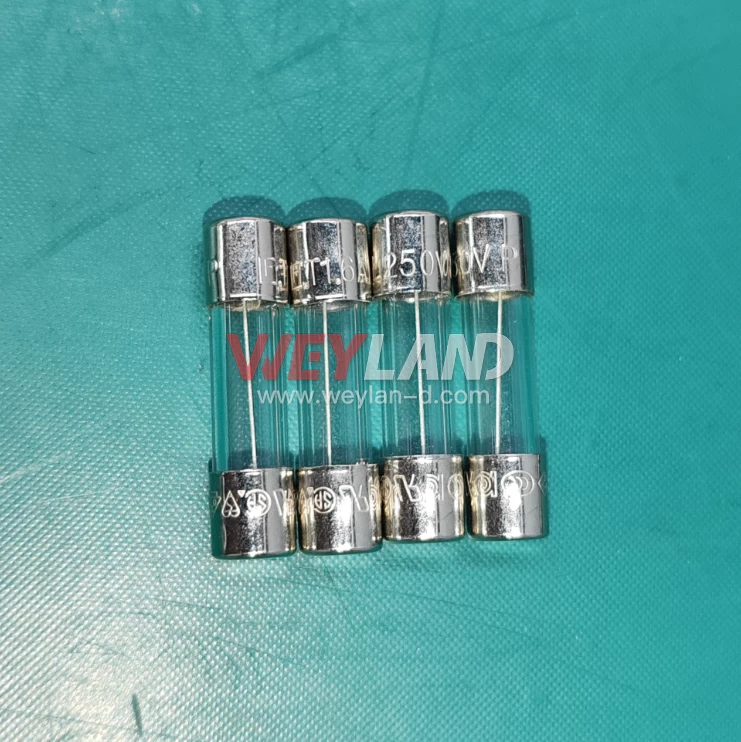
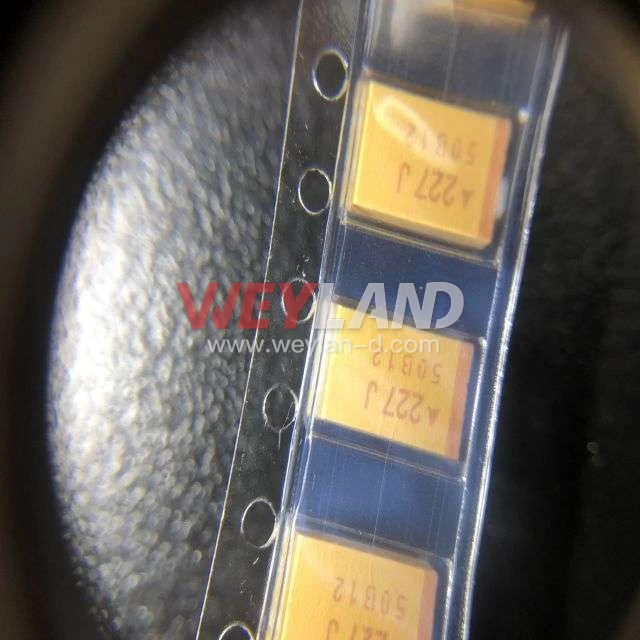

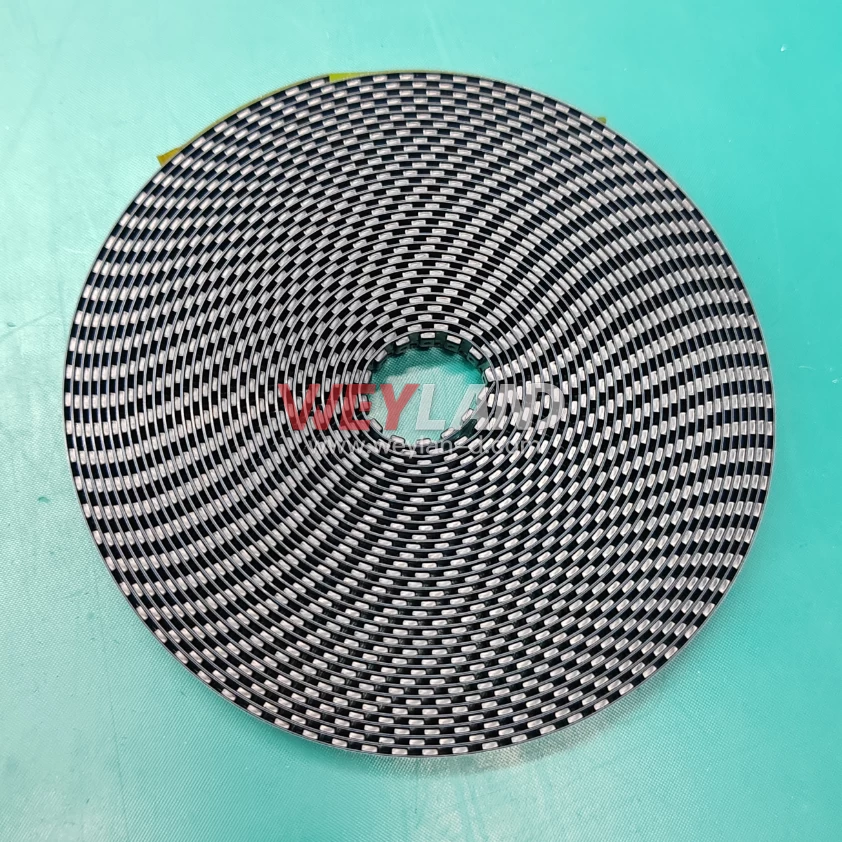

.9246509.png)












[email protected]
7500A BEACH ROAD #04-307 THE PLAZA SINGAPORE (199591)
RM 705.7/F.FA YUEN COMM BLDGNO.75-77.FA YUEN STREET.MONGKOK.KLN.HONG KONG
